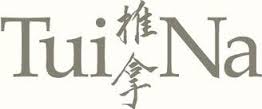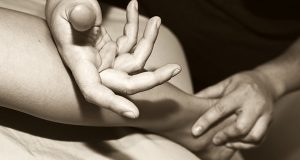Tui Na (pronounced Twee-Nah) is a form of therapeutic massage with its origins in early 1700BC China. The practice was quashed during the political and social upheaval of the early 20th Century and was rediscovered after the Communist Revolution in 1949 with further disruption during the cultural revolution of the 1960s and 1970s. Its revival, alongside other traditional therapies, has gained popularity once again in the 21st Century with continuing research showing encouraging results.
Literally translated as “push and grab”, Tui Na is often described as a cross between acupressure and shiatsu in that the therapist focuses on harmonising the flow of vital energy (Qi) within the body to create balance and positive energy. Utilising techniques similar to some forms of Western massage, such as gliding, kneading, percussion, friction, pulling, rotation, rocking, vibration and shaking, Tui Na facilitates healing by focusing on specific ailments. Commonly recommended in the treatment of pain of joints or muscles, Tui Na is used to also treat arthritis, sciatica, spasms, insomnia, constipation, headaches, and dysfunction of the digestive, respiratory, reproductive and lymphatic systems and is often used in conjunction with acupuncture and other Traditional Chinese Medicine (TCM) therapies.
Aside from treating existing ailments, Tui Na is also effective in preventing illness by balancing the body’s energies and can be relaxing or invigorating depending on the desired outcome. Practitioners train intensively for years in order to precisely sense blockages or issues with the flow of Qi and resolve them. The effects of Tui Na (as with most other forms of healthcare) are cumulative, therefore regular sessions are advised.
For further information or for a consultation, pop into our clinic or give us a call on 0161 4651150.

